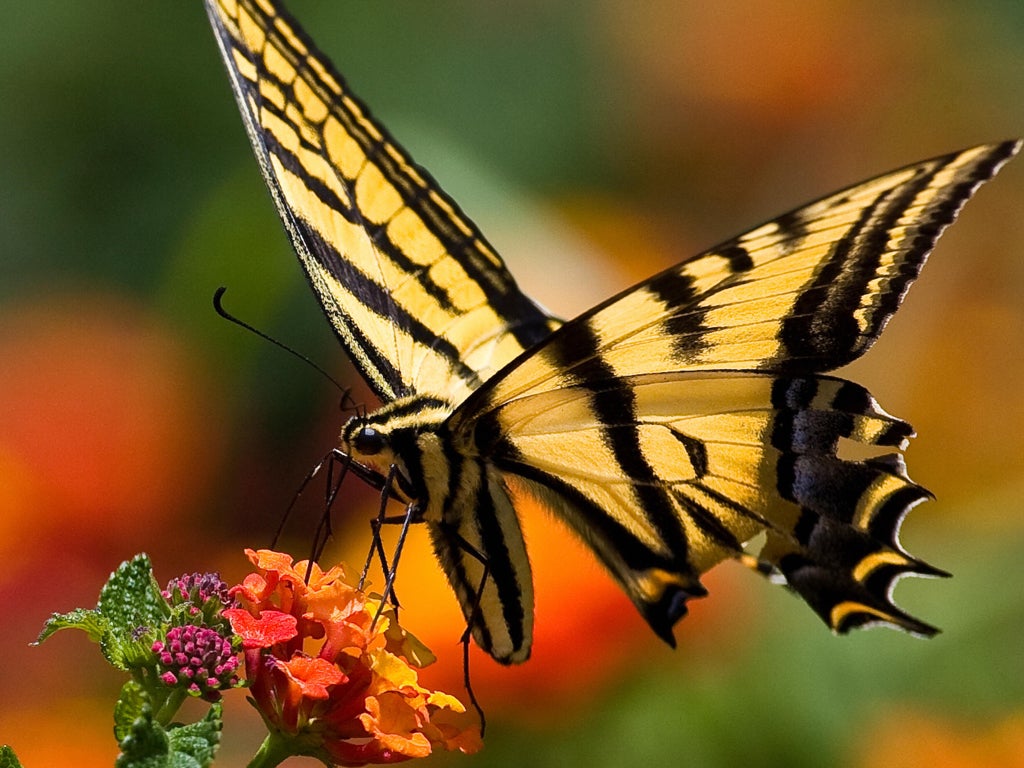Nature Studies: Isn’t it time the rarest butterfly in the UK became a bit less rare?
To find it, you need to target an area within a 30-mile radius of Fort William

Your support helps us to tell the story
From reproductive rights to climate change to Big Tech, The Independent is on the ground when the story is developing. Whether it's investigating the financials of Elon Musk's pro-Trump PAC or producing our latest documentary, 'The A Word', which shines a light on the American women fighting for reproductive rights, we know how important it is to parse out the facts from the messaging.
At such a critical moment in US history, we need reporters on the ground. Your donation allows us to keep sending journalists to speak to both sides of the story.
The Independent is trusted by Americans across the entire political spectrum. And unlike many other quality news outlets, we choose not to lock Americans out of our reporting and analysis with paywalls. We believe quality journalism should be available to everyone, paid for by those who can afford it.
Your support makes all the difference.Last July, on an annual expedition with some chums to see purple emperor butterflies in a wood near Salisbury which is famous for them, I met a man who claimed to have accomplished a remarkable feat. He had seen, he said, all 58 breeding species of British butterfly, four summers in a row.
To see them all in one summer is by no means impossible: I did it in 2009 and wrote a series about it for The Independent, which we invited readers to take part in. But it’s by no means easy, and to do it four years on the bounce, as they say in football, is quite an achievement, not least because of the time and money that need to be invested in travelling (this chap could do it because he was retired, and a full-time Lepidoptera-lover).
For several species of British butterfly require a special journey if you’re going to see them in the wild. You want to feast your eyes the swallowtail? You have to go to the Norfolk Broads. The Glanville fritillary? You have to go to the Isle of Wight. The Scotch argus? You have to go to the Scottish Highlands, or at least, to remote parts of the Lake District, and the same applies to the mountain ringlet. And to see the most elusive one of all, the chequered skipper, you have to go, not only to the Highlands, but to a specific area: Argyllshire.
Once, you didn’t. Very small, but one of the prettiest of our butterflies, the chequered skipper could be seen until 1976 in several woods in the English Midlands, especially in the region of Rockingham Forest in Northamptonshire, but that year, for reasons no one understands, it went extinct in England.
I was reminded of this last week by news from the Scottish branch of the charity Butterfly Conservation, that Carterocephalus palaemon is flourishing in its Argyll haunts; indeed a new survey has shown that it is far more widespread than previously thought.
Even so, it’s the hardest British butterfly to see because you not only have to make a special trip to its home range – it occurs solely within a 30-mile radius of Fort William – but for you to set eyes on it, while you’re there it must not rain, which can be a tall order for Argyllshire in May and June. The winner of our readers’ competition in 2009, Andrew King, ended up seeing 57 of the 58 species, but the chequered skipper was the one which eluded him.
If you can get up north of Oban, though, and find a suitable wayleave, which is an open ride through the hillside birchwoods, cleared for electricity cables, and it does not rain and the sun comes out, you may be rewarded with one of the most uncommon and pleasurable sights in all of British natural history. The wings of the chequered skipper are a beautiful lattice of dark brown over bright sulphur-yellow, and it favours blue flowers to find nectar in, such as bugle and bluebells: if it perches on one such, the colour combination is just fantastic.
I have several times heard people discuss reintroducing the chequered skipper to England, and last week I asked Butterfly Conservation’s Chief Executive, Martin Warren, if his charity had any such plans. It certainly did, he said, but it was a question of finding the funding, because the species occurred at low density over a wide area, so as many as a dozen separate woodlands might have to be specially managed for a reintroduction to work,
Until then, if you want to see the beastie but you can’t get up to Argyll, you have an alternative: The Chequered Skipper pub in Ashton, near Oundle in Northamptonshire. This is the village of the Rothschild estate, and the thatched inn, originally called The Three Horseshoes, was renamed half a century ago by Dame Miriam Rothschild, the eccentric scientist who was our foremost 20th-century authority on butterflies, after what she considered the greatest treasure of the estate.
On the pub walls are old cases full of large tropical butterflies and moths, or there were last time I was in there. And in the bottom right-hand corner of the last case a small brown and sulphur yellow lattice is visible.
It’s a chequered skipper, all right. It’s great. It’s just a pity it’s not perched on a bluebell.
Join our commenting forum
Join thought-provoking conversations, follow other Independent readers and see their replies
Comments